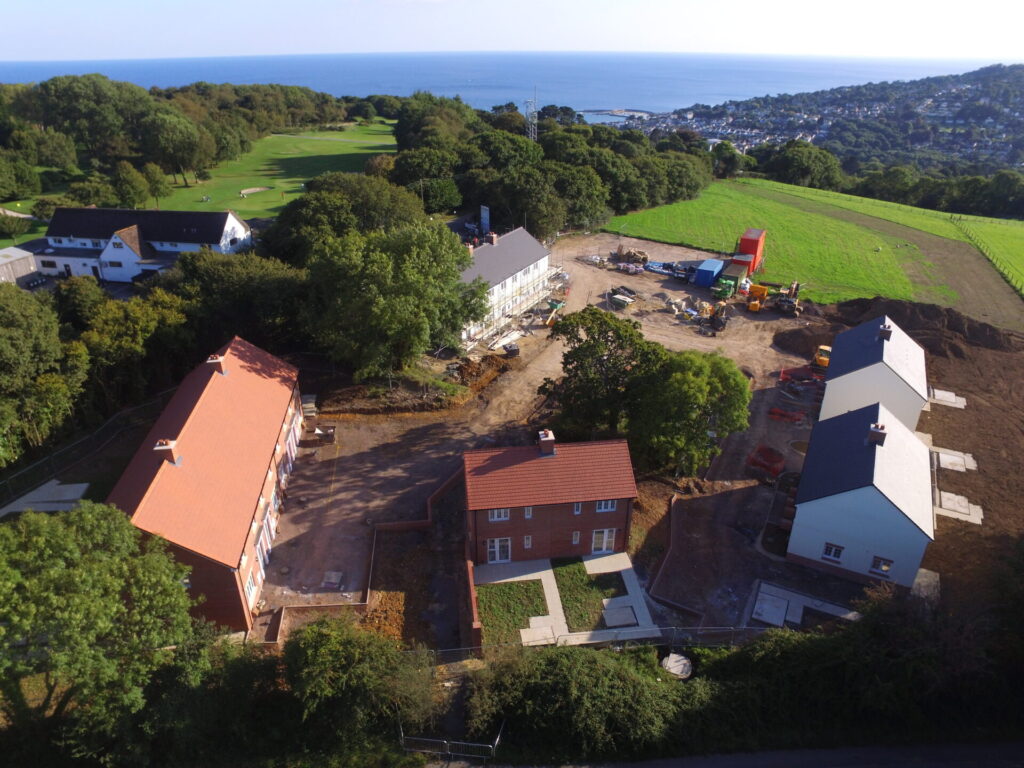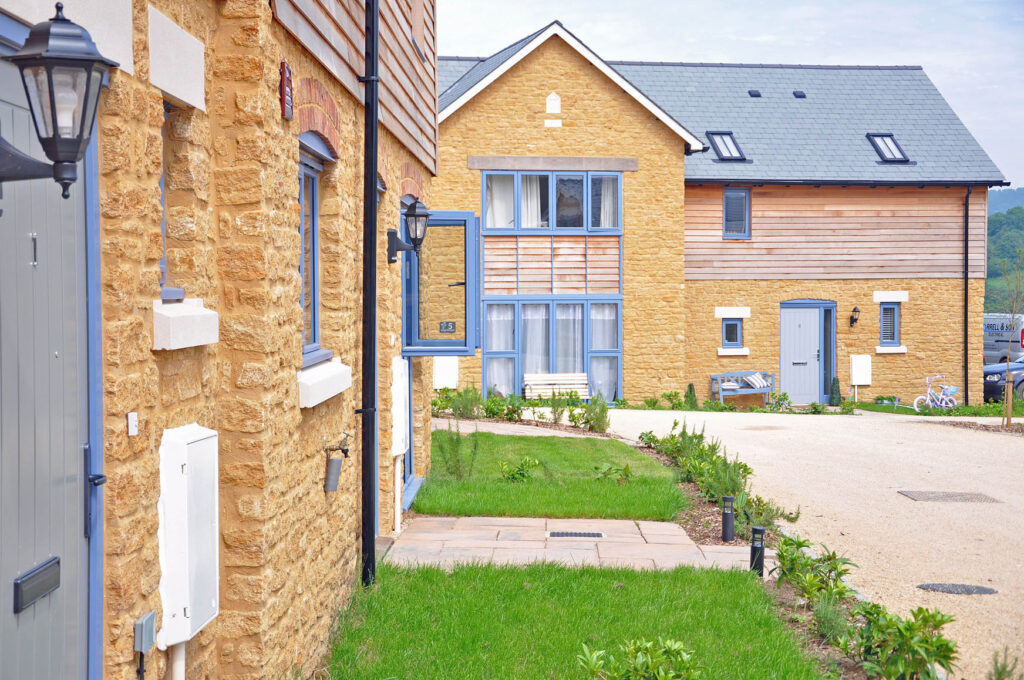Community Land Trusts offer hope for Dorset’s housing crisis, creating lasting, affordable homes in protected landscape, says Rupert Hardy

Housing was a major campaign issue for all political parties at the election, not least for Labour, so Dorset CPRE’s June conference, ‘Dorset’s Affordable Housing Crisis’ was timely. We covered some of the main issues in July’s Rural Matters column, but I would like to take a deeper look at Community Land Trusts (CLTs). They are often put forward as one solution to the seemingly intractable problem of buying an affordable house in Dorset, where annual wages average only £35,000 but average house prices are around £400,000 – one of the highest ratios in the country.
Alison Ward is a director of Middlemarch, an organisation offering technical support to community-led housing groups. During the conference she provided an overview of CLTs and their benefits, and showed some local examples.
What is a CLT?
- A democratic, non-profit organisation that owns and develops land and its assets for the benefit of the community.
- Typically provides affordable homes, a CLT might also become involved in all types of community projects such as civic buildings, pubs, shops, shared workspaces, energy schemes and conservation landscapes.
- They are organisations set up by the community, a landowner, developer or council and run by ordinary folk to make a difference to their community, putting control of assets into the hands of local people.
- A CLT ensures that homes are permanently and genuinely affordable. They act as long-term stewards of land and assets, ensuring they remain for the benefit of the local community, for every future occupier.
Planning and building process
The initial task of any CLT is to establish local need – this is done by conducting a Housing Needs Survey in conjunction with the council.
Once a need is established, the task of finding a suitable site follows, often helped by altruistic landowners with Rural Exception Sites*. These are usually small sites – under two acres – which are unsuitable for conventional housing development but located on the edge of existing rural settlements.
CLTs can facilitate the provision of affordable homes for local residents, while ensuring the preservation of the character of the community. Normally the CLT will work with a housing association, rather than become a registered social landlord, which also gives easier access to finance. However, establishing and delivering a CLT is a long-term process.
Powerstock and Lyme Regis
A good example of a CLT at work in Dorset is in Powerstock, where the first eight affordable houses were completed by Hastoe Housing Association in 2019. Forge Orchard, which was visited by the then Prince of Wales (now King Charles) in May that year, was much praised.
The Powerstock and District CLT had selected the site, gained the landowner’s support and commissioned the architect before selecting Hastoe to develop and manage the development. Alison Ward says: ‘It is a real example of how a community group would pick a site that nobody else would pick in a million years … the site had sitting tenants on it and it was overlooked by a National Landscape**’.
Lyme Regis CLT is also in the protected National Landscape. Restrictions on available land and building mean that any plots which do become available command high prices, and planning consent is notoriously hard to win. Like many other pretty seaside towns, housing for local people has become increasingly expensive, with young people finding it hard to get accommodation.
Lyme Regis CLT was set up to create affordable housing for local people. Having identified a potential site at Timber Hill for 17 homes with affordable rent, the CLT was able to gain agreement with the landowner. A developer wouldn’t have been allowed to build market value homes, but the CLT would be creating affordable housing as a rural exception. The community was engaged right from the start and proved essential to gaining full planning consent.
When the planning application went before the council, officers recommended it be turned down. However, a delegation of supporters from the community, the partner housing association Yarlington, the architects Boon Brown, the town council and Wessex CLT Project all spoke in favour. The proven support from the community and partners was persuasive, and the committee unanimously agreed to accept the plans. The first residents moved there in 2018.
In North Dorset there are CLTs in Sherborne, Bishop’s Caundle and Bradford Abbas.

Inspired by US Civil Rights
There are now more than 500 CLTs in England and Wales, and the movement is growing rapidly. Currently, 1,100 houses have been completed and 7,100 more are in the pipeline. The CLT model first emerged in the USA during the Civil Rights Movement, when a number of influential figures including Slater King (cousin of Martin Luther King Jr) wanted to create long-term opportunities for economic and residential independence for African Americans in the rural South.
A CLT, where land is held by the community in trust, could do just that. In the early 2000s, this served as an inspiration for a number of academics and housing development professionals in the UK. A national CLT Demonstration Programme supported a number of pilot projects. The last Labour government in 2008 initiated a consultation paper on Community Land Trusts, so there is hope they will go further this time.
Dorset
Middlemarch has been involved in CLTs throughout Devon, Somerset and Dorset, with 200 completed homes and 500 in the pipeline. Interestingly, 69 per cent are in protected landscapes or Green Belts, where it is hard to develop conventional housing. Most are Rural Exception Sites, and three quarters are for social rent (usually 50 to 60 per cent of market rent), and the rest are affordable housing (80 per cent of market rate). There are more than ten trusts in Dorset with completed housing projects or ones in the pipeline, and another 15 at earlier stages. However, with only 100 or so completed CLT homes in Dorset there is a long way to go to meet the county’s housing needs.
Those interested in supporting or establishing one should visit communitylandtrusts.org.uk
*Rural Exception Sites – small sites on the edge of existing rural settlements which may be provided below market value for development if used to build affordable housing for local people.
**Previously known as Area of Outstanding Natural Beauty



